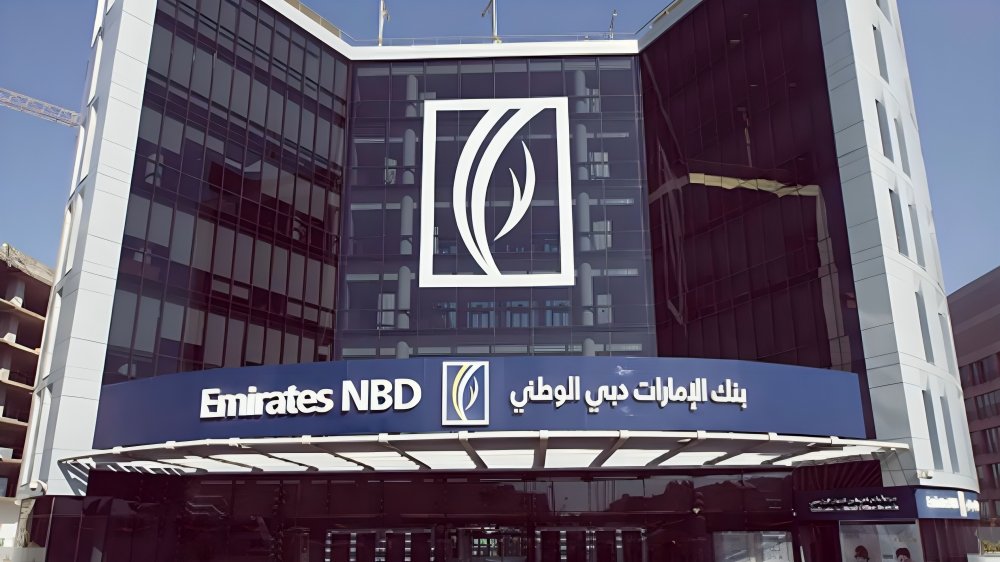If you think of the Gulf region, images of endless deserts might come to mind. But guess what? Those deserts are now bustling with skyscrapers, megamalls, and futuristic infrastructure projects. The Gulf cities have undergone a phenomenal transformation, and the real estate and infrastructure developments here are nothing short of extraordinary. Let’s dive into the major projects and their impact on both the local and global economy, with a sprinkle of humor and a dash of professionalism.
The Burj Khalifa: Touching the Sky
Dubai’s Burj Khalifa isn’t just a building; it’s a statement. Standing tall at 828 meters, it’s the world’s tallest structure. This marvel of engineering isn’t just about height; it’s about ambition. The Burj Khalifa has put Dubai on the map as a city of innovation and luxury. The building has attracted millions of tourists, boosting the local economy and creating thousands of jobs. It’s not just a skyscraper; it’s an economic powerhouse.
The NEOM Project: A City of the Future
Saudi Arabia’s NEOM project is as ambitious as it gets. Imagine a city powered entirely by renewable energy, with flying taxis, robotic housekeepers, and an artificial moon. Sounds like science fiction, right? Well, it’s happening. NEOM aims to transform the Saudi economy by diversifying it beyond oil. This $500 billion mega-city is expected to attract global investments, create new industries, and generate jobs. It’s like building a city straight out of a sci-fi movie.
The Red Sea Project: A Tourist’s Paradise
Saudi Arabia is also making waves with the Red Sea Project. Picture luxury resorts, pristine beaches, and underwater treasures waiting to be explored. This mega-tourism project is set to turn Saudi Arabia into a top tourist destination. The influx of tourists will boost the hospitality sector and create thousands of jobs. It’s like hitting the jackpot, only with sun, sea, and sand.
The Lusail City: Qatar’s Futuristic Oasis
Qatar’s Lusail City is a vision of the future. Designed to accommodate 450,000 people, this city boasts state-of-the-art infrastructure, smart technologies, and sustainable living solutions. Lusail City is a testament to Qatar’s commitment to growth and innovation. It’s set to host the FIFA World Cup 2022, bringing global attention and economic benefits to the region. Imagine a city where everything is connected, efficient, and green.
The Kuwait Silk City: Gateway to the Silk Road
Kuwait’s Silk City, or Madinat al-Hareer, is poised to become a major economic hub. With a projected cost of $132 billion, Silk City will feature a financial district, a free trade zone, and the world’s tallest tower—Burj Mubarak al-Kabir. This mega-project aims to revive the ancient Silk Road, boosting trade and connectivity between Asia, Europe, and Africa. It’s like taking a page from history and giving it a modern twist.
The Bahrain Bay: Island of Opportunities
Bahrain Bay is a shining example of waterfront development. This mixed-use development project includes residential, commercial, and leisure spaces. The project has transformed Bahrain’s skyline and attracted global investors. It’s a blend of luxury and practicality, making it a prime location for businesses and residents alike. Imagine living on an island where work and play coexist harmoniously.
The Impact on the Local Economy
These mega-projects aren’t just about aesthetics; they have a profound impact on the local economy. Here’s how:
- Job Creation: Construction, tourism, and service sectors benefit immensely, creating thousands of jobs for locals and expatriates.
- Economic Diversification: By investing in sectors beyond oil, Gulf countries are reducing their dependency on oil revenues and building resilient economies.
- Global Investments: State-of-the-art infrastructure attracts foreign investments, boosting the local economy and fostering international partnerships.
- Enhanced Infrastructure: Improved transportation, housing, and public services enhance the quality of life for residents, making Gulf cities more attractive places to live and work.
The Global Ripple Effect
The impact of these projects isn’t confined to the Gulf region. They have a ripple effect on the global economy:
- Supply Chain Boost: Mega-projects require massive amounts of materials and equipment, benefiting global suppliers and manufacturers.
- Tourism Surge: With world-class attractions, Gulf cities are becoming top tourist destinations, attracting visitors from around the globe.
- Technological advancements: Innovations in construction, renewable energy, and smart city technologies developed in the Gulf are setting new global standards.
- Investment Opportunities: Global investors are flocking to the Gulf, seeking opportunities in booming real estate and infrastructure projects.
Navigating the Challenges
Of course, these mega-projects come with their challenges. Environmental concerns, sustainability issues, and the need for skilled labor are significant hurdles. However, Gulf countries are proactively addressing these challenges by adopting green building practices, investing in education and training, and implementing strict regulatory frameworks.
The real estate and infrastructure development in Gulf cities is nothing short of spectacular. These projects are transforming the region, driving economic growth, and setting new benchmarks for innovation and sustainability. From Dubai’s iconic skyline to Saudi Arabia’s futuristic NEOM, the Gulf is proving that it’s not just about oil; it’s about vision, ambition, and progress. The local and global impact of these developments is profound, creating a brighter future for the region and beyond.
So, next time you think of the Gulf, don’t just picture deserts—picture vibrant cities, cutting-edge technologies, and a region on the rise. The future is here, and it’s building itself one mega-project at a time.





